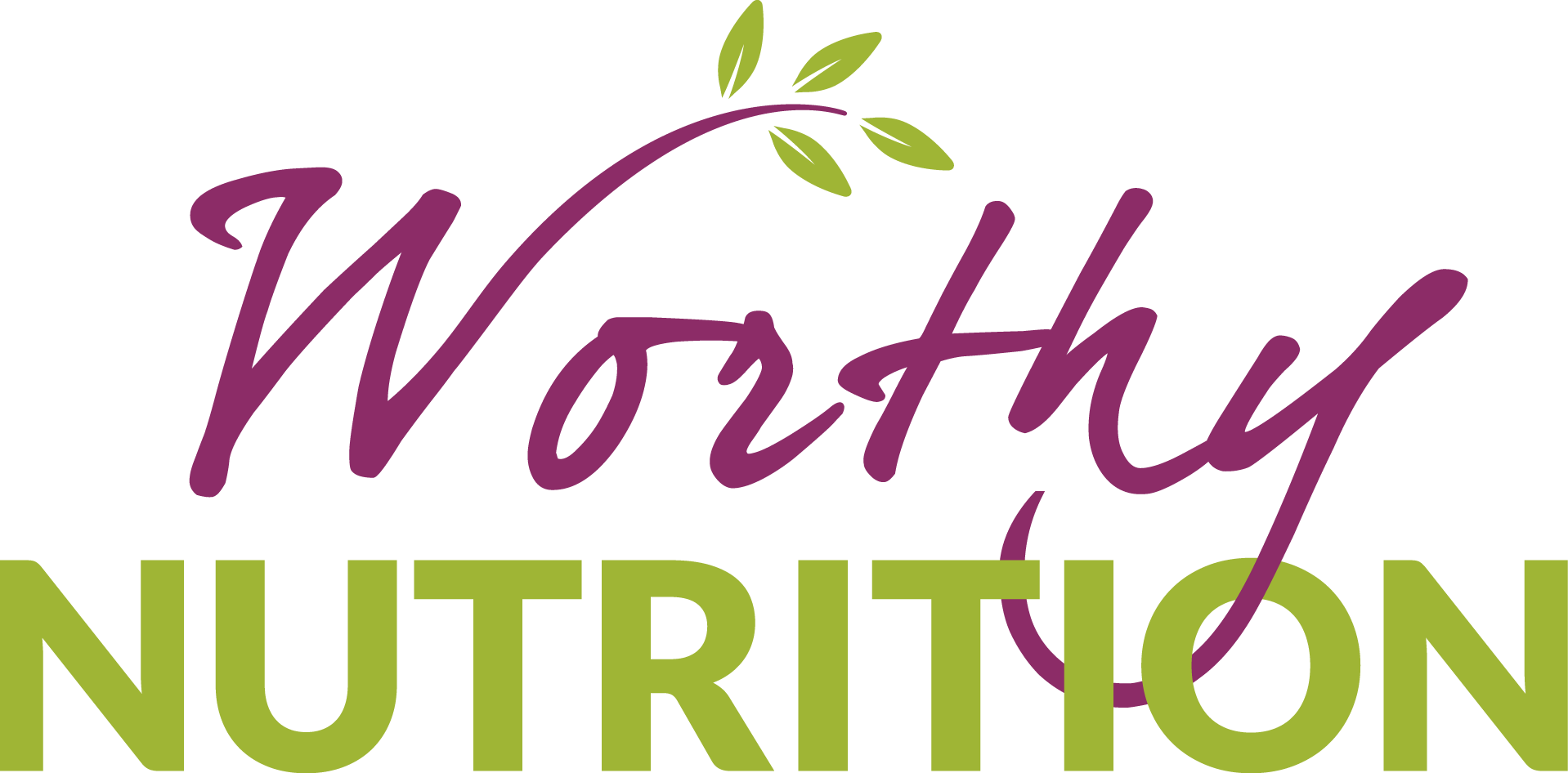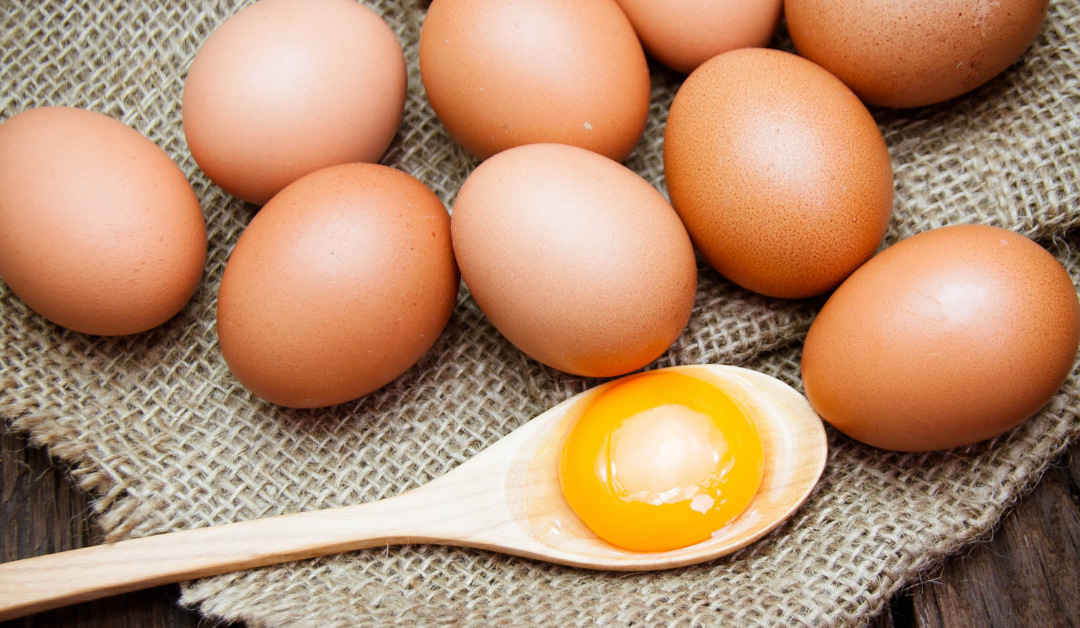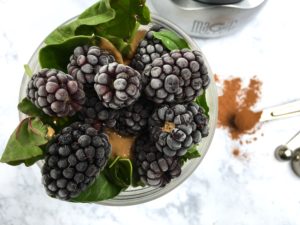Tossing edible food doesn’t just waste money. It is sent to landfills, where it rots and produces methane gas, which is the second most common greenhouse gas. Nearly one-third of all food produced in the world is discarded or wasted. That equates to nearly 1.3 billion tons every year. It wastes a huge amount of water too. In fact, 24% of all water used for agriculture (about 45 trillion gallons) is lost through food waste every year.
While the average person is not a large environmental polluter compared to large corporations, finding ways to reduce your food waste throughout the day can help you avoid contributing to the problem.
Learn how to reduce your food waste, whether at home, work, or on the go.
Buy Fewer Items
Most people buy more food than they need. Even though buying in bulk may be convenient, this shopping method can lead to more food waste. Rather make more frequent trips to the grocery store every few days to avoid buying more food than you need.
Store Food Correctly
Many people are unsure how to store certain foods, especially fruit and vegetables, which can lead to premature ripening and rotten produce. Did you know, for example, that potatoes, tomatoes, garlic, cucumbers, and onions should never be refrigerated? These items should be kept at room temperature.
Keep Your Fridge Free of Clutter
“Out of sight, out of mind” rings true for food as well. While having a well-stocked fridge may look great, an overly filled fridge can be bad when it comes to food waste. Keep your fridge organized so you can clearly see everything and know when your ingredients were purchased. Use clear containers so you can see what you have.
Save Leftovers
Leftovers aren’t just for Christmas or Turkey Day food. While many people save excess food from large meals, it is often forgotten in the fridge and then tossed when it goes off. Storing your leftovers in a clear glass container can help ensure you don’t forget the food.
Eat the Skin
People often remove the skins of fruit, veggies, and chicken when preparing meals. What they don’t realize is that many nutrients are located in the outer layer of produce and in poultry skin. The outer layers of potatoes, carrots, cucumbers, mangoes, kiwis, and eggplants are also edible, and nutritious.
Other ideas
Start a composting pile in the backyard for food scraps; it can fertilize your garden.
Take leftover fruits and veggies found in your fridge and put them in a smoothie.
[RECIPE] SIZZLING RICE SKILLET QUICK 2-EGG BREAKFAST
 Serves: 1
Serves: 1
Ingredients (choose organic where possible):![]()
- 2 teaspoons coconut oil
- 1/2 cup finely chopped kale
- 2 eggs
- Sea salt, garlic powder, and black pepper, to taste
- 2 slices gluten-free bread, toasted
Directions:
- Add oil to a medium skillet over medium heat. When hot, add kale. Cook 3 minutes or until wilted.
- Crack in the eggs over the kale, then sprinkle salt, garlic powder, and pepper over the tops.
- Cook for 2 minutes, then flip the eggs over. Cook 2 more minutes or to your desired doneness. Serve on toast, open-faced style.
To Your Health,
Patti






